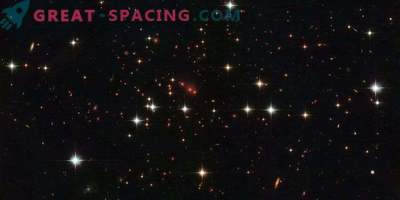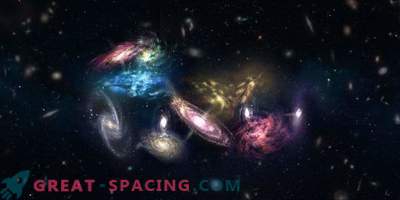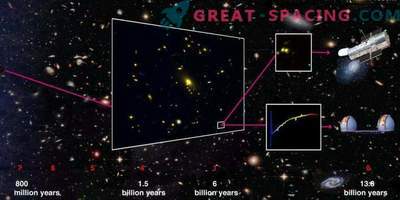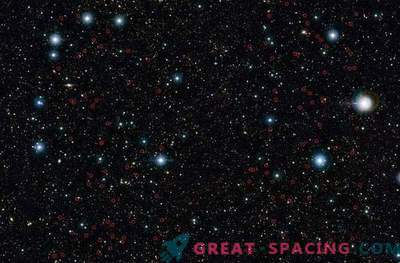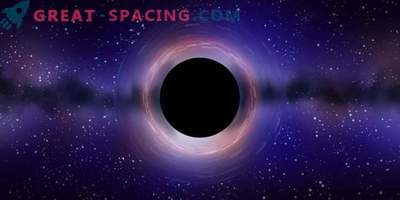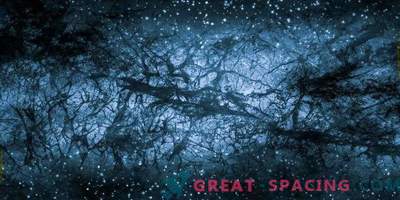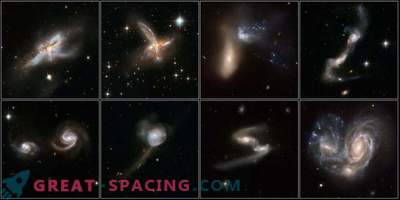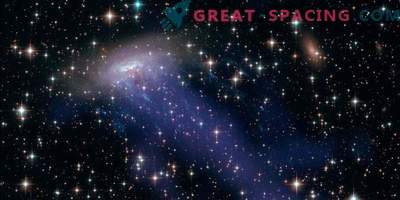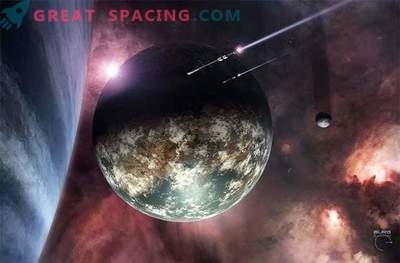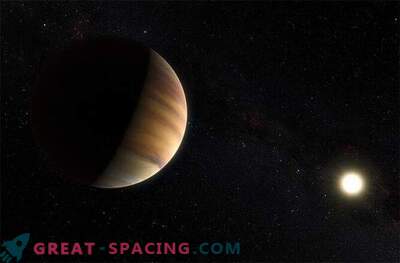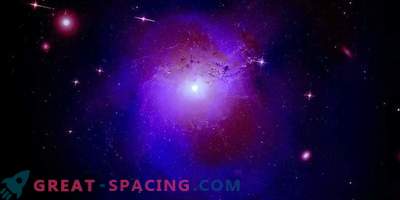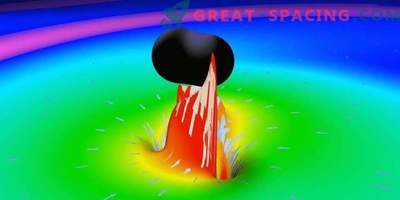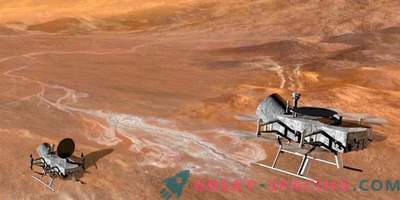
Scientists have found a large-scale structure just 2 billion years after the Big Bang. This is the proto-supercluster of galaxies Hyperion - the largest and most massive structure at such a large distance. By mass reaches a million billion solar
Scientists have found a large-scale structure just 2.3 billion years after the Big Bang. This is the proto-supercluster of galaxies Hyperion is the largest and most massive structure at such a long distance. By mass reaches a million billion sunny. We used a VIMOS instrument on the Very Large Telescope (Chile) for searching.
Hyperion is the largest and most massive structure that can be found so early in the process of the formation of the Universe. Astronomers were very surprised, because they did not expect to find anything like this in such an early period. Usually, such structures are noticed at lower redshifts, which means that the Universe had much more time to create and develop such huge structures. How did Hyperion manage to form?
Supercluster in three dimensions
The find lives in the constellation Sextant. He was identified by a new technique using the VIMOS instrument. It is able to simultaneously measure the distance to hundreds of galaxies, which makes it possible to compare their location within the forming supercluster in three dimensions. Hyperion is endowed with a complex structure and contains at least 7 areas of high density, connected by galaxies, and the size is comparable to superclusters close to the Earth. In such structures there is a tendency to the distribution of mass with clearer structural features. But in Hyperion, the mass is distributed much more evenly in a series of related droplets populated by free galactic associations. The contrast between the Hyperion and less distant superclusters is most likely due to the fact that the nearest superclusters had billions of years for gravity to gather matter together in denser areas.
It is believed that when taking into account its size at the beginning of the history of the Universe, Hyperion will turn into something resembling giant structures in the local Universe, such as the Great Wall of the Sloan or the Virgo Supercluster (the Milky Way lives in it). Studying Hyperion will help to better understand the process of universal development in the past and what space awaits in the future.


